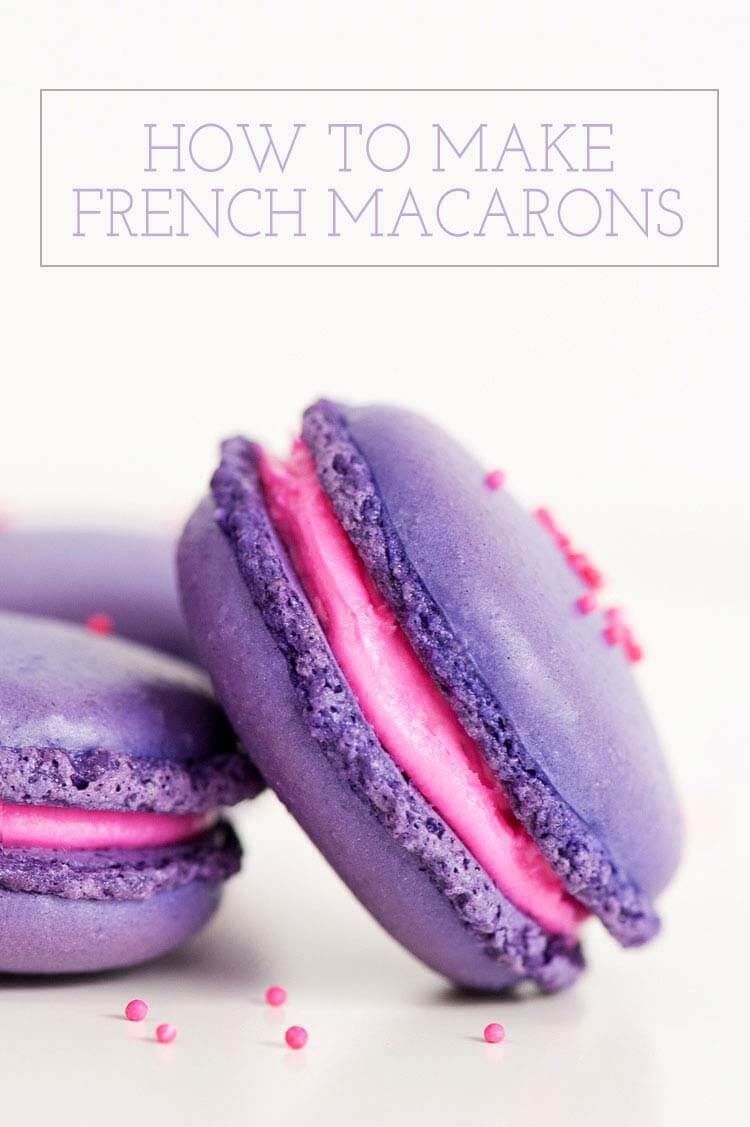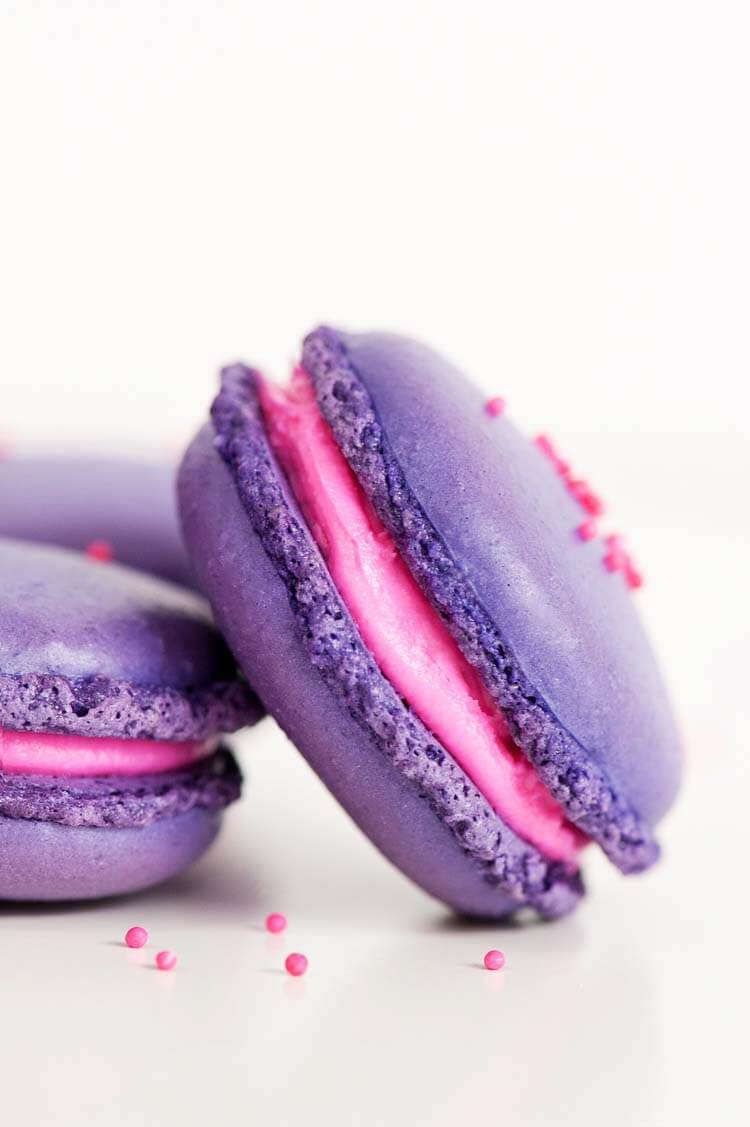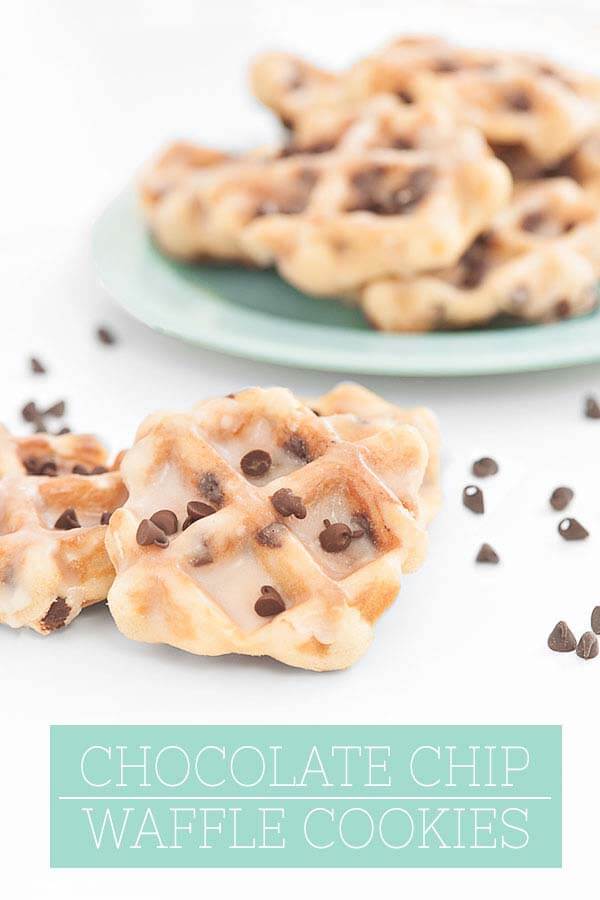Eggs are pretty important in the world of baking. They bind ingredients together, they help leaven soufleé and cakes, and they can be used for a glaze on breads or pastry doughs. Ultimately, they are what give baked goods their form, structure, color and flavor. But eggs have gotten a bad rep over the last few years. People have said the yolks should be avoided because they were too high in fat and cholesterol, and others said you should skip the whole egg all together. And now with the vegan craze upon us, people are finding new ways around using eggs. They now sell egg replacer products or you can always use a “flaxseed egg” (a combination of flaxseed meal and water) in their baking recipes. And yes, for vegans and people who cannot eat eggs, these are great alternatives. But, in my mind, they will never be as good as the old-fashioned egg. I will always believe that real eggs are the way to go.

So now that you know how much I like eggs, and how essential they are when it comes to baking, I decided to give you guys some information about them.
Here are the facts.
- One egg weighs 50 grams. One egg white weighs 30 grams. One egg yolk weighs 17 grams.
- The egg whites contain the protein and the egg yolks contain fat.
- When a specific egg size is not given in a recipe, use large eggs.
- One can tell if an egg is good or not by putting it in a bowl of water + 1/8 tsp of salt. If the egg sinks, it is good, and if it floats or stands on one edge, it is bad.
- For best baking results, beat the eggs in a separate bowl before adding them to the other ingredients.
- Eggs separate best when cold.
- Eggs whip best at room temperature.
- Cold eggs can be brought to room temperature, by putting the whole egg in a bowl of warm water for 3 minutes.
- When whipping egg whites, make sure there is no trace of egg yolk and you are using a clean stainless steel bowl with a wire whisk.
- For the best whipping results, start the mixer on a low speed and gradually work your way up to the highest speed.













